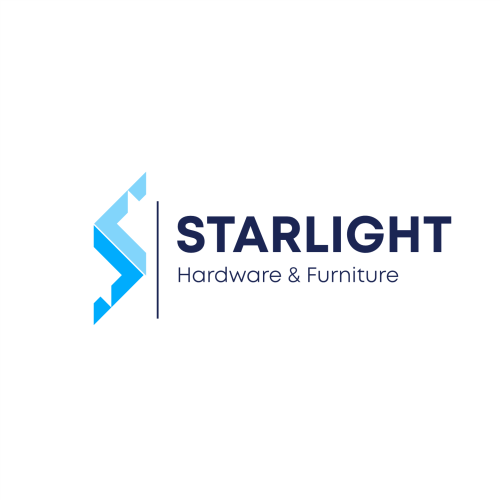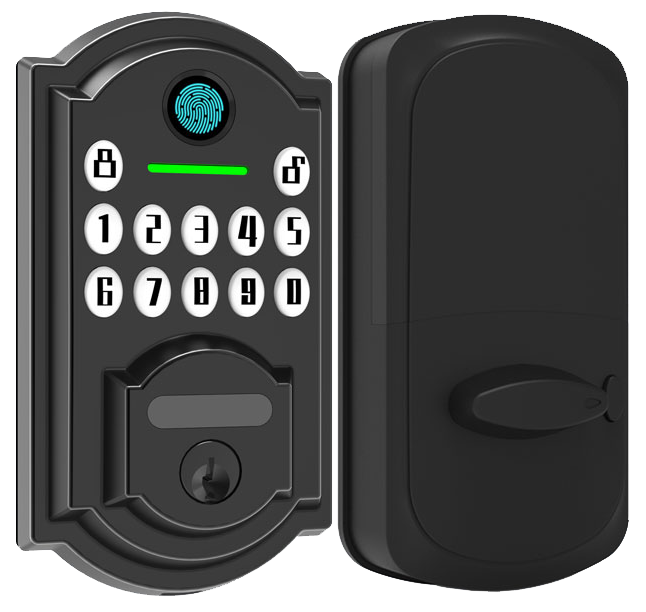Ever find yourself staring at two screens, wishing your locks just talked to your property management system and your smart home hub?
When you link our smart locks to your management software and home platform, guest check-in feels seamless. You skip manual code updates and ditch the extra screen. And each door locks on time, every time. Solid.
We’re going to walk you through five simple steps to hook up Starlight’s CE certified locks (tested for European safety) to your software and control panels. You’ll see how it all clicks.
We’ll cover API connection (application programming interface), mesh networking (where locks share info wirelessly), and push PIN codes (temporary codes sent straight to you or your guest). It’s the winning combo for smoother operations and tighter security.
5 Integrating Smart Locks with PMS/Smart Home Systems-Secure
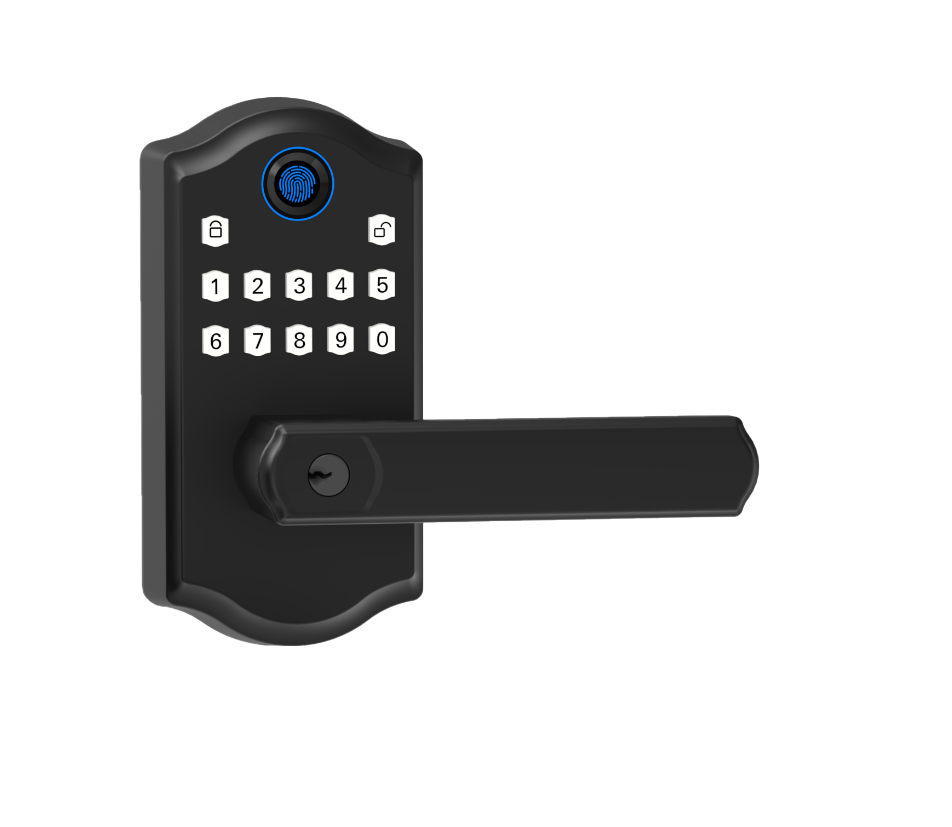
At Starlight Hardware, we’ve spent two decades crafting smart locks (CE-certified after rigorous testing) that feel as solid as a safe. Each lock has a smooth metal faceplate, a soft LED glow to guide your eye, and a reassuring click when it seals.
Think of Z-Wave and Zigbee as your building’s local wires – quietly chatting between locks. Wi-Fi is the cloud highway that carries commands and updates beyond your front desk.
Our mesh network hands off signals like runners passing a baton. It keeps your doors connected, even when you have dozens of locks in a hotel or multiunit rentals. Reliable.
And for remote check-ins or mobile keys, you switch to cloud-based control. With a RESTful API (a web-based communication standard) or MQTT pub/sub (a lightweight message protocol), you get real-time status updates and push PIN codes right to your guest’s phone.
Setup is a breeze. You register each lock in your property management system, set access windows per booking, and choose auto-lock timing or one-time PINs. Want to know a secret? Our auto-lock mode is a game-changer.
Every event – from a door ajar alert to a surprise midnight check-in – flows back through secure, encrypted channels. No more guesswork.
We provide built-in API endpoints and native integration modules for major PMS and home platforms. Less coding. Fewer custom scripts. Faster go-live.
Sample JSON payloads guide your webhook triggers. Guest arrival kicks off digital key delivery in seconds. And because we embrace open standards, connecting to SmartThings or HomeKit takes only a few clicks.
Unified security. Happier guests who breeze right in.
Integration Protocols and Connectivity Technologies for Smart Locks
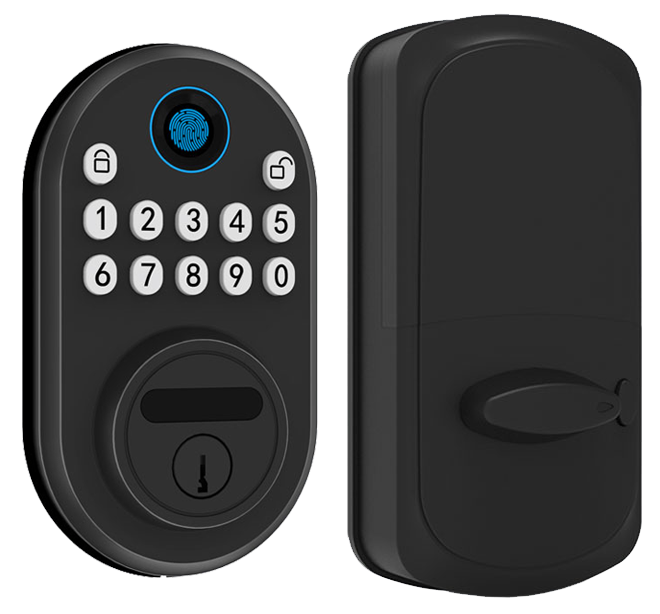
Our Starlight Smart Locks run on a single API layer for property management systems and home setups. When someone opens a door, locks, or swipes a card, a webhook event pings you instantly.
Here’s a quick look at how everything talks:
- RESTful API (simple web commands and status checks)
- MQTT pub/sub (fast sub-100 ms event streaming)
- Z-Wave and Zigbee mesh networking (reliable local coverage)
- Wi-Fi and Bluetooth (cloud access and direct mobile control)
- RFID credential support (card-based entry workflows)
Typical REST calls finish in under 75 ms (that’s less than a tenth of a second). MQTT round trips average about 40 ms on your local network. For extra security, we lock it down with TLS 1.3 (the latest encryption standard) and HMAC-SHA256 signing (a way to prove data hasn’t been tampered with).
Back to our locks…
Sample advanced code snippets and a security checklist live in our Developer Guide. For deeper protocol info, example JSON payloads, and real-world benchmarks, see Appendix A or the Developer Guide.
Security Best Practices and Compliance for Integrated Smart Locks
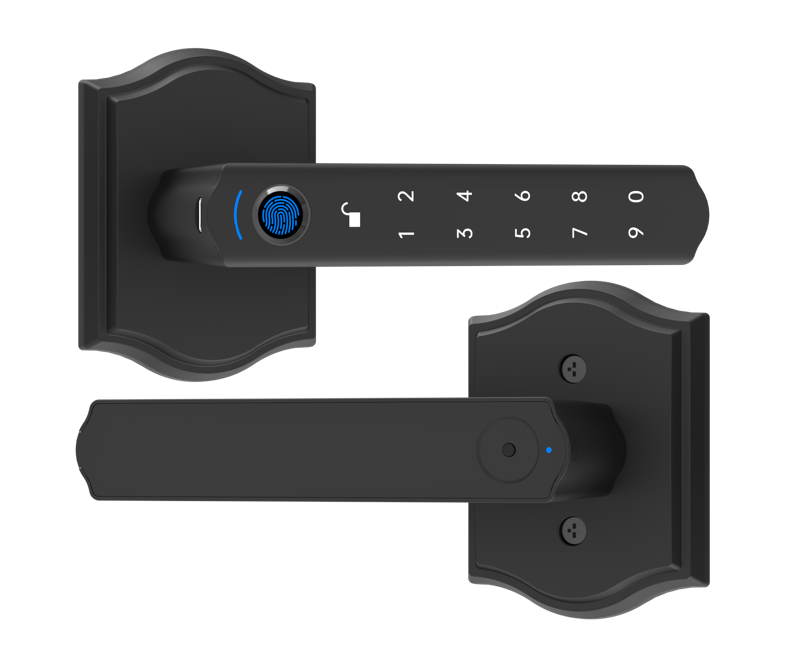
Linking our smart locks to your property management system means every beep and signal is private. We use encryption like TLS 1.3 (the latest secure connection method) and SSL (an older but still trusted standard) to keep messages safe. In hotels, our locks rely on these protocols for guest check-ins and housekeeping alerts. Solid.
Plus, we meet GDPR (Europe’s data rules) and PCI-DSS (payment card security standards). That way personal info and billing details stay locked down.
Encryption and User Authentication
Every API call zooms through a secure tunnel. Role-based access control (RBAC) lets front desk staff see guest arrivals but not engineering commands. Exactly.
And we stack on two-factor options, a PIN plus a mobile app token (a code generator on your phone). You can pick SMS codes or authenticator-app prompts. This layered defense protects every swipe and PIN-pad press (that crisp button click).
Firmware Management and Audit Trails
We push firmware updates over-the-air (OTA) so you don’t need a service visit. You set the schedule, and we throttle bandwidth so your network stays smooth. If an update misbehaves, automatic rollback snaps the lock back to a known good state.
Every lock and unlock event gets logged, time, user ID, door sensor status, giving you a clear history for compliance or incident checks. Tamper sensors (tiny motion detectors inside the lock) spot forced entries, flag the event, and block new codes until you inspect the device.
Deployment Planning, Scalability, and Operational Benefits of Smart Lock Integrations
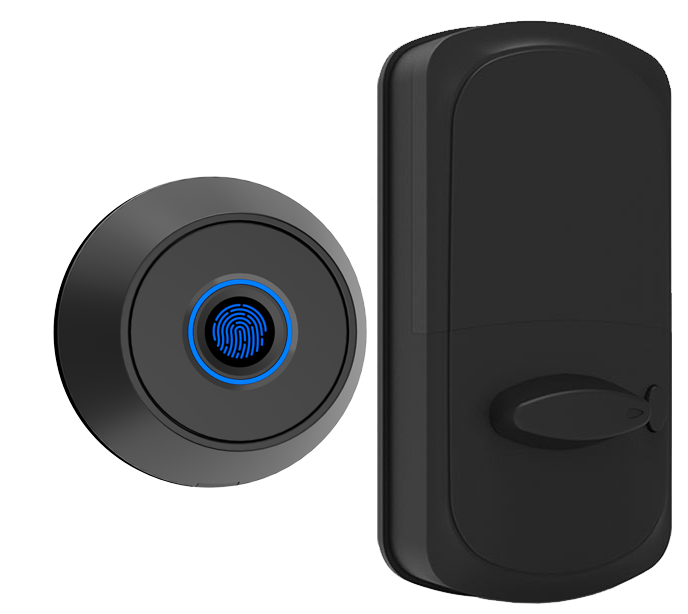
Let’s kick things off with a workshop for IT, operations, and front desk teams. We’ll talk through network layout (how your routers and switches connect) and decide where each lock should go. We also cover software licenses so you don’t hit surprises later. Then we stage locks on a test network, log every step, and check that smooth metal faceplate works just right. We’ve honed these CE certified locks over 20 years, so reliability is nonnegotiable. Solid.
Next, we talk cost. At about $150 to $300 per lock, you’ll compare that to hours saved at the front desk. It’s a quick cost-benefit check. Many customers see break-even in under a year, thanks to a 40 percent drop in front desk tasks and far fewer lost keys. Want to know a secret? Hard numbers make buy-in a breeze.
Growing from one building to dozens is mostly plug-and-play when you pick locks with a unified API (an interface that makes all devices speak the same language). Just add doors or sites, follow the simple setup, and you’re good to go.
Imagine walking into a room and the door unlocks, then your HVAC kicks on like magic. That occupancy signal can trim heating and cooling runtime by up to 15 percent.
Smart locks can pause hallway lights when rooms empty. It’s like flipping a switch automatically. We’ve even linked lock events to elevator lighting. Then you can schedule HVAC setbacks during vacancy. Small tweaks. Big savings.
All this happens through one dashboard. It shows lock status, battery levels, and access logs in a single view. Manage dozens of sites from your browser. It’s your nerve center for smart lock management.
Troubleshooting Common Integration Challenges and Tips
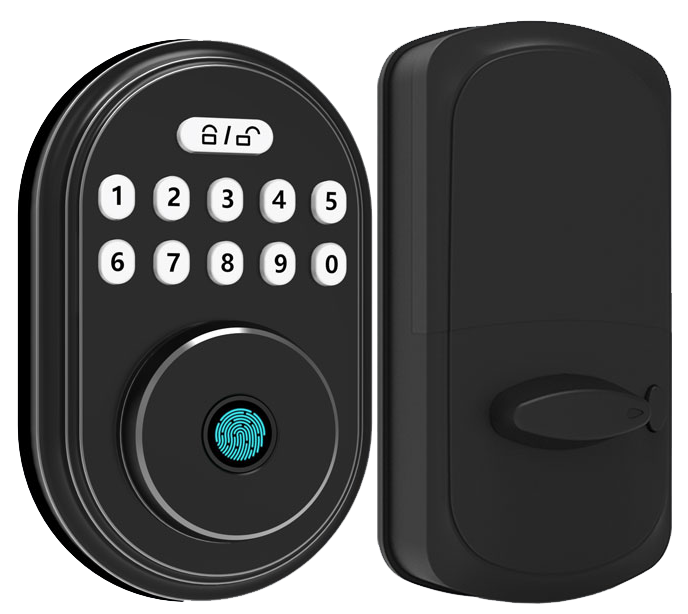
Ever had your lock go dark, no blinking LED, no response? That’s usually a network hiccup. Try VLAN segmentation (dividing your network into zones) and tweak your firewall rules to get a steady link. Check your DHCP leases (the dynamic IP assignments) or switch to a fixed IP if random dropouts keep happening.
Solid.
Sometimes your smart lock and the PMS (property management system) get out of step. You might see wrong check-in windows or doors stuck in a locked state. Tune your status-polling interval (how often the lock reports in) and add retry logic on webhook triggers (instant event notifications). That way, digital keys arrive right on time.
Real-time door status also depends on healthy API usage. If you hit rate limits (max calls allowed) or see authentication failures, inspect your API keys for expiration and watch your call volume. Starlight Smart Locks logs every REST call (an API request) and flags failed requests. You’ll even get a mobile app alert the moment a command misfires so you can jump in.
Managing staff permissions and guest access can be tricky. Use nested permission hierarchies (for example, manager > staff > guest) and set custom access windows to avoid accidental lockouts. For housekeeping, assign clear time blocks and confirm the PMS syncs those slots. Sometimes automated room assignments stall when property IDs go missing in your JSON payload (data format) – double-check your field mappings.
If you’re still stuck, our 24/7 support team is on standby. We can review your diagnostic logs remotely or walk you through a quick field reset. Real-time door status monitoring works best with a rock-solid network, and we’re here to keep it humming.
Recommended Middleware, User Interfaces, and Future-Proof Strategies
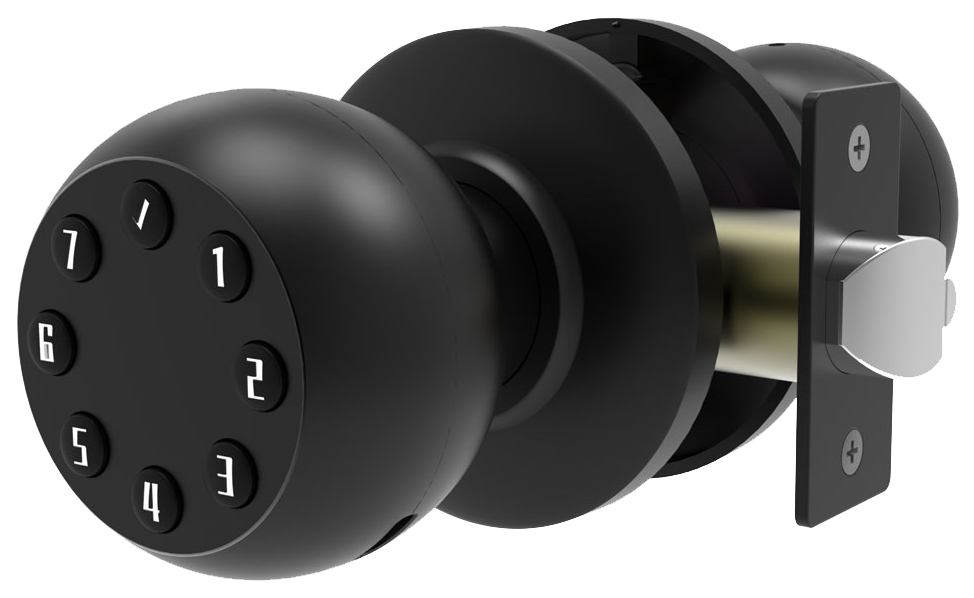
Zapier or a custom Node.js or Python connector (small scripts that help two apps chat) works like a silent metal bridge between your PMS (property management system) and your smart locks. Instead of piling triggers, like guest check-ins or one-time code pushes, into your main app, they flow out into lean scripts. You get a tidy system that’s easy to tweak. Simple.
We use a microservices approach. Each function lives in its own container (think of neat toolboxes). You can update your door-event handler without poking at the billing module. And if you add a plugin marketplace or open hotel API (rules for connecting software), features like mobile self-service kiosks or guest portals snap in within minutes.
Everything appears in a centralized management console. You see cross-property access logs, battery levels, and staff shifts at a glance. It’s like a command center with a soft LED glow. IT and ops teams both love it.
Adding a new site? No extra code needed. When an issue pops up, built-in remote diagnostics let you troubleshoot in seconds. Um, predictive maintenance alerts warn you before a battery drains or a sensor drifts.
Here’s how we map out future-proof tech:
- Contactless service innovations like
- mobile keys (digital room keys on phones)
- QR check-in (scan to check in)
- geofencing-based unlocks (doors open when guests approach)
- Voice assistant compatibility and app-based room controls
- NFC wearables (bracelets or cards) and guest self-check options
Next, pick your hands-free entry options:
- Badge-based entry (doors swing open when a staff badge nears)
- Tap entry (returning guests tap their phone)
- Voice-prompt entry for accessibility
Starlight Smart Locks are CE certified and backed by two decades of rigorous testing. They keep backward compatibility while offering firmware modules for emerging protocols. It keeps your system humming as you pilot the next innovation. Solid.
Final Words
Recalling our walkthrough through integration protocols, we saw how RESTful APIs, MQTT, Z-Wave and Zigbee bring real-time lock control.
We covered strong TLS encryption, firmware updates and audit trails for safe data flows.
Then we mapped out deployment tips, ROI gains and energy savings via Starlight’s unified dashboard.
When networks glitch or syncs stall, diagnostic logs and 24/7 support have you covered.
And by recommending middleware layers, open APIs and predictive alerts, we set you up for growth.
Here’s to seamless operations and everyday peace of mind, powered by Integrating Smart Locks with PMS / Smart Home Systems.
FAQ
What steps are needed to integrate smart locks with a property management system or home automation platform?
The steps to integrate smart locks with a PMS or home automation platform include:
- Checking hardware and software compatibility
- Registering each lock via API, Z-Wave, or Zigbee
- Assigning access rules by booking
- Testing operations
Which connectivity technologies work for smart lock integrations?
Connectivity technologies for smart lock integrations include:
- RESTful APIs (web requests to talk to software)
- MQTT (low-latency messaging)
- Mesh options like Z-Wave and Zigbee (local network links)
- Wi-Fi and Bluetooth for direct mobile control
How do I secure data and user access when linking smart locks to a PMS?
Securing data and user access when linking smart locks to a PMS uses:
- TLS/SSL encryption (secure data tunnels)
- Role-based user controls
- Multi-factor authentication checks
- Automatic firmware updates
- Detailed audit logs for full event tracking
What operational benefits come from linking smart locks to a PMS?
Linking smart locks to a PMS provides:
- Up to 40% reduction in front desk workload via automated guest check-ins
- Time-based or single-use door codes per reservation
- Triggers for energy-saving actions like HVAC control
What are common issues when integrating smart locks and how can they be fixed?
Common integration issues and fixes:
- Network drops → adjust polling intervals
- PMS sync mismatches → add webhook retry logic
- API rate limits → tune request frequency
- Login errors → update firewall rules or credentials
What middleware and future-proof strategies support smart lock integration projects?
Middleware and strategies include:
- Zapier or custom microservice connectors between PMS and lock APIs
- Third-party plugin marketplaces
- Open API hotel tech frameworks
- Remote diagnostics tools
- Voice or geofence triggers
